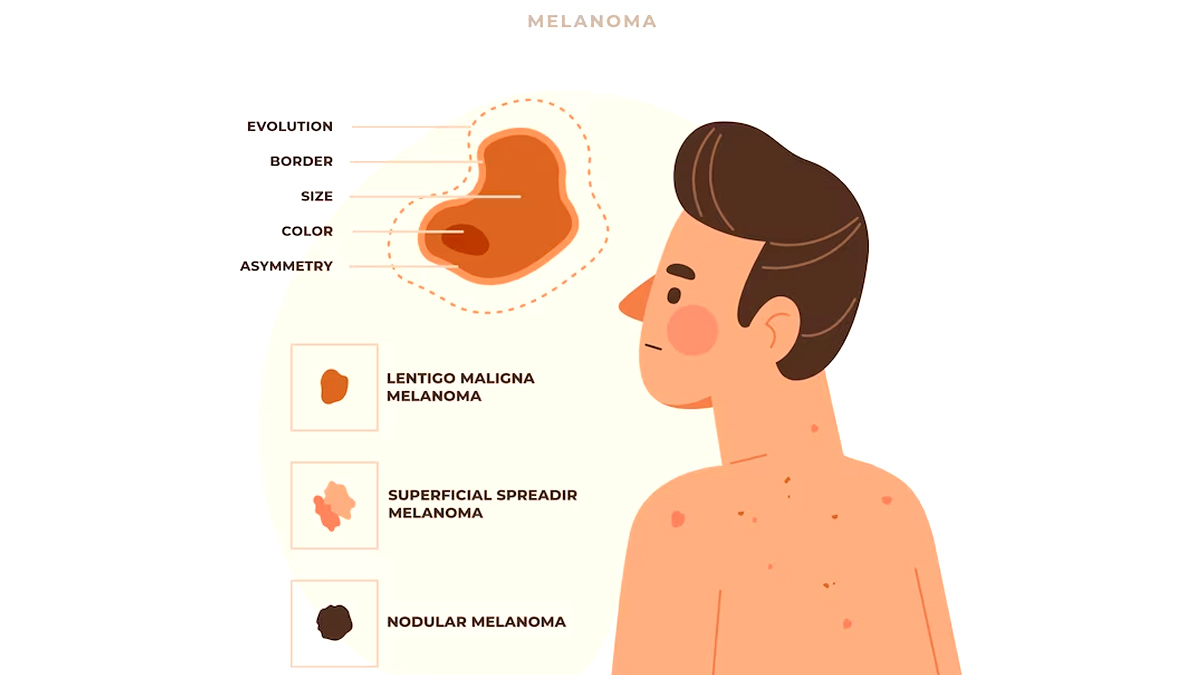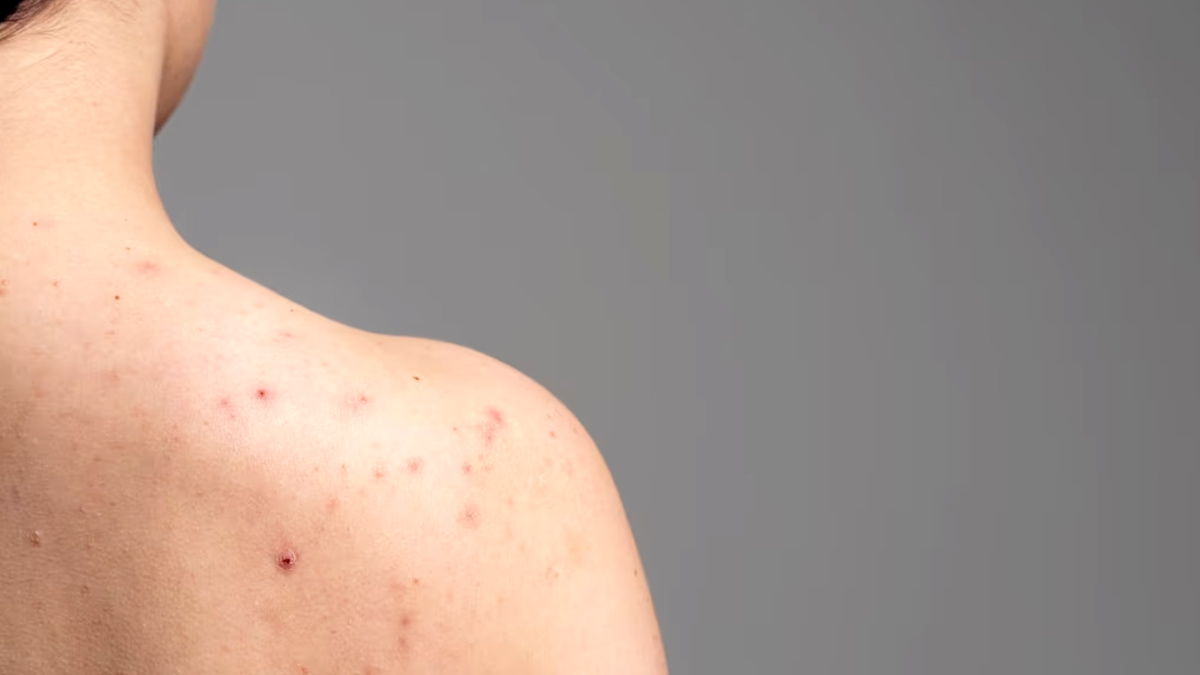
Our skin is the largest organ of our body, but it is not immune to potential health problems. The appearance of moles is a common source of anxiety. Most moles are innocuous, but others can be an indication of a more serious issue, such as skin cancer.
Table of Content:-
"Today, many people have moles, and almost all moles are harmless," said Dr Ajay Rana, Dermatologist & Aesthetic Physician and Founder & Director of ILAMED, adding, it is important to recognise changes in a mole's size, shape, colour, or texture that may indicate the development of a melanoma.
According to Dr Rana, unusual moles, sores, lumps, blemishes, marks, or changes in the appearance or feel of the skin could be symptoms of melanoma or another type of skin cancer. If you have a mole or moles on your body, look for these warning signs to see if it is melanoma.
What Exactly Are Moles
Moles are clusters of pigmented cells, and they can appear anywhere on your body. Many people have multiple moles, which can vary in size, shape, and colour. Moles typically develop in childhood and adolescence, and new ones may appear as you age.
Signs of a Normal Mole
- Most moles are benign and harmless. Here are some characteristics of a normal mole:
- Symmetry: A normal mole is usually symmetrical, meaning one half looks like a mirror image of the other half.
- Border: The border of a normal mole is well-defined and clear, not irregular or jagged.
- Colour: Normal moles are typically a single, uniform colour, often a shade of brown. Red, white, or blue colours can be warning signs.
- Size: As per American Cancer Society, normal moles are usually no larger than a pencil eraser (about 6 millimetres in diameter).
- Evolution: A stable mole doesn't change significantly in size, shape, or colour over time.

When to Be Concerned
While most moles are harmless, certain changes or characteristics may indicate that a mole could be cancerous. Keep an eye out for the following warning signs:
- Asymmetry: If one half of the mole doesn't match the other half in terms of size or shape, it may be a cause for concern.
- Irregular Borders: Moles with uneven or irregular borders should be examined by a dermatologist.
- Varied Colours: Moles with multiple colours or an uneven distribution of colour can be suspicious.
- Large Size: Moles that are larger than 6 millimetres across (about the size of a pencil eraser) should be checked.
- Changes Over Time: If a mole starts changing in size, shape, colour, or elevation, it's a red flag.
- Itching, Bleeding, or Pain: Any unusual symptoms associated with a mole, such as itching, bleeding, or pain, warrant medical attention.
- Family History: If you have a family history of skin cancer, you may be at a higher risk and should be vigilant about monitoring your moles.
What to Do If You're Concerned
If you notice any of these warning signs or have concerns about a mole, don't hesitate to consult a dermatologist. Early detection of skin cancer is crucial for successful treatment. Your dermatologist may perform a biopsy to determine whether the mole is cancerous or not.

In most cases, a mole on your skin is harmless. However, it's essential to be vigilant and aware of the warning signs that may indicate skin cancer. Regular self-examinations and professional check-ups with a dermatologist can help ensure that any concerning moles are identified and addressed promptly. Remember that early detection and treatment significantly increase the chances of successful outcomes when it comes to skin cancer.
Also watch this video
How we keep this article up to date:
We work with experts and keep a close eye on the latest in health and wellness. Whenever there is a new research or helpful information, we update our articles with accurate and useful advice.
Current Version